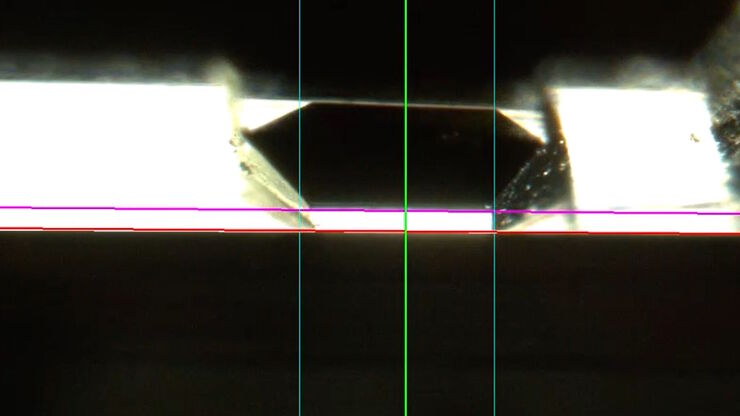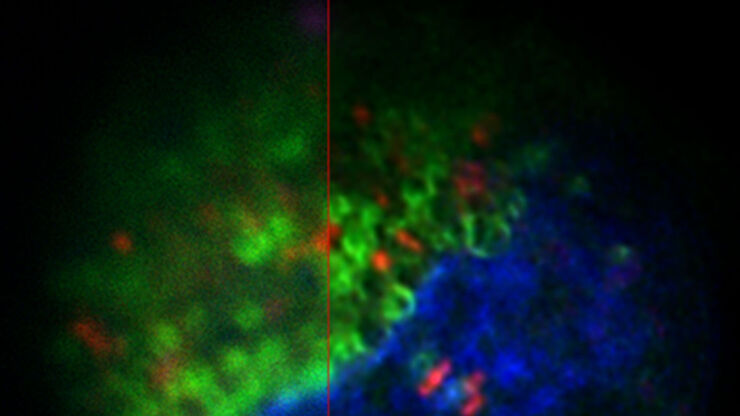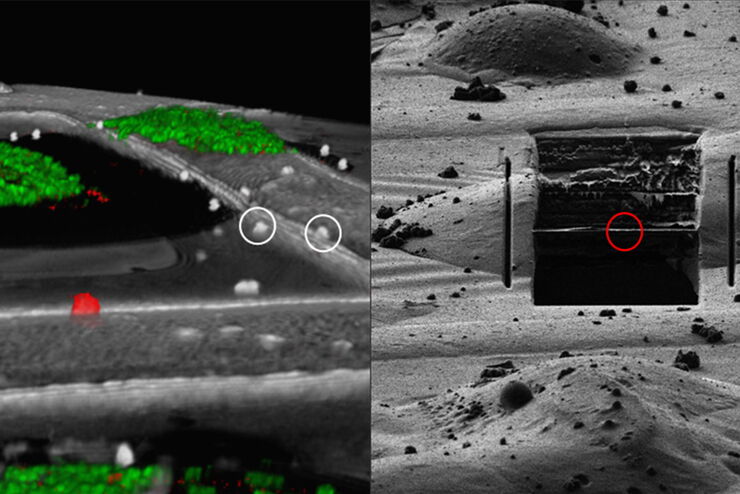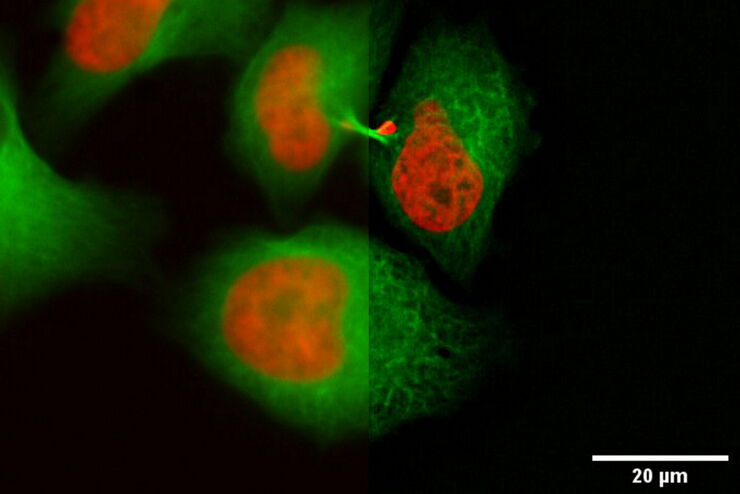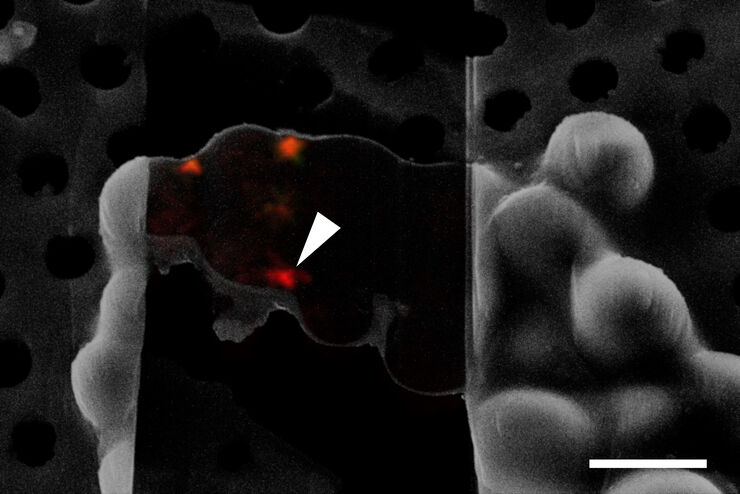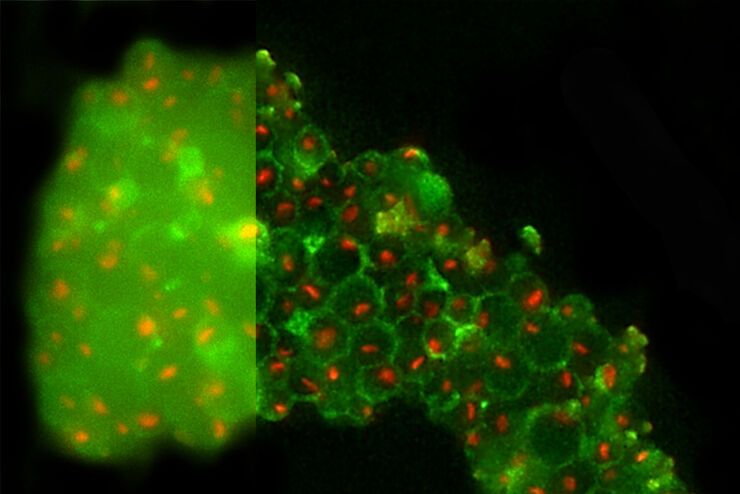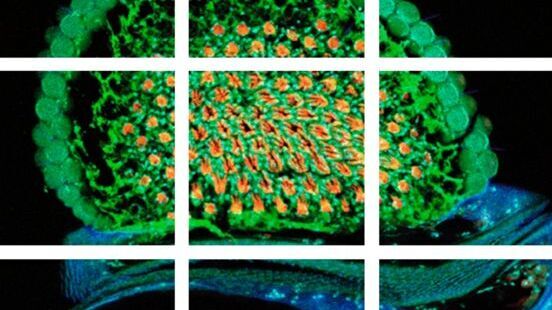Jan De Bock , Dr.
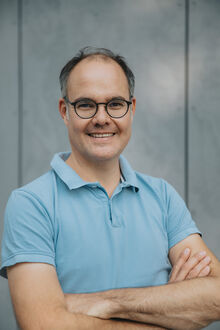
Applikationsmanager (Life Science Forschung), Leica Microsystems CMS GmbH.
Jan hat seit 2003 in verschiedenen Funktionen als Mikroskopexperte gearbeitet. Er kam 2011 zu Leica Microsystems als Produktspezialist für konfokale Mikroskopie. Seit 2017 ist er Mitglied des Applikationsmanagement-Teams, wo er auch für korrelative Workflows verantwortlich ist, die Mikroskopsysteme unter kryogenen Bedingungen und Probenvorbereitungsgeräte umfassen. Jan studierte Biologie und promovierte auf dem Gebiet der Geruchsforschung.
